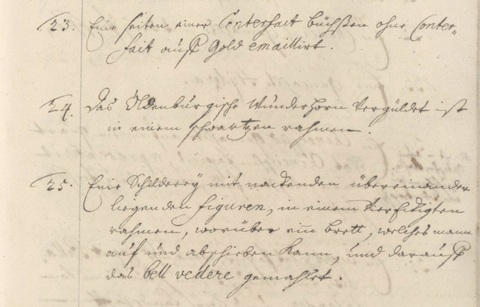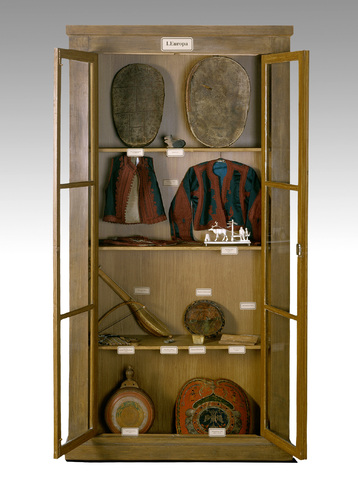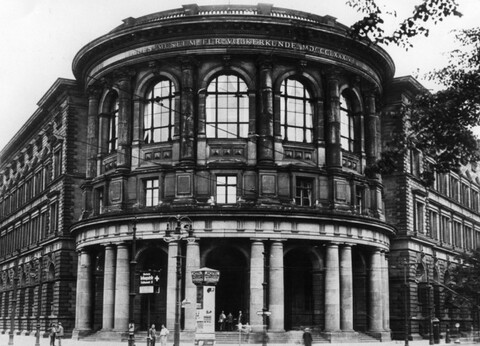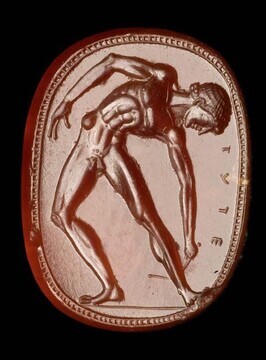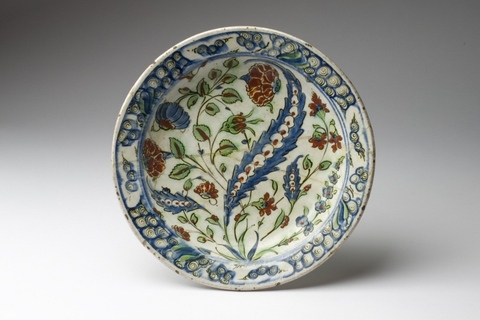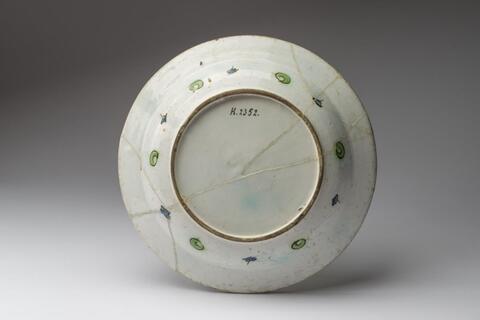Impressum
Die virtuelle Ausstellung Objects on the move wird veröffentlicht von:
Staatliche Museen zu Berlin - Preußischer Kulturbesitz
Stauffenbergstr. 41
10785 Berlin
gesetzlich vertreten durch
The Prussian Cultural Heritage Foundation is legally represented by its President, Prof. Dr. Dr. hc. mult. Hermann Parzinger.
Telefon:
Fax:
E-Mail:
Inhaltlich verantwortlich:
Dr. Eva Dolezel
Staatliche Museen zu Berlin - Preußischer Kulturbesitz
Generaldirektion
DFG-Projekt: Das Fenster zur Natur und Kunst. Eine historisch-kritische Aufarbeitung der Brandenburgisch-Preußischen Kunstkammer
Stauffenbergstr. 41
10785 Berlin
Kurator*innen:
Dr. Eva Dolezel, Catalina Heroven, M.A.
Team: Lisa Polten, Annika Thielen
Rechtliche Hinweise:
Die Deutsche Digitale Bibliothek verlinkt die virtuelle Ausstellung auf ihrer Internetseite https://www.deutsche-digitale-bibliothek.de/content/virtuelle-ausstellungen. Dabei wurde auf die Vertrauenswürdigkeit der Institution, welche die Ausstellung veröffentlich hat sowie die Fehlerfreiheit und Rechtmäßigkeit der virtuellen Ausstellung besonders geachtet. Der auf dieser Internetseite vorhandene Link vermittelt lediglich den Zugang zur virtuellen Ausstellung. Die Deutsche Digitale Bibliothek übernimmt keine Verantwortung für die Inhalte der virtuellen Ausstellung und distanziert sich ausdrücklich von allen Inhalten der virtuellen Ausstellung, die möglicherweise straf- oder haftungsrechtlich relevant sind oder gegen die guten Sitten verstoßen.
DDBstudio wird angeboten von:
Stiftung Preußischer Kulturbesitz, gesetzlich vertreten durch ihren Präsidenten,
handelnd für das durch Verwaltungs- und Finanzabkommen zwischen Bund und Ländern errichtete Kompetenznetzwerk
Deutsche Digitale Bibliothek
c/o Stiftung Preußischer Kulturbesitz
Von-der-Heydt-Straße 16-18
10785 Berlin
Telefon: +49 (0)30 266-41 1432, Fax: +49 (0) 30 266-31 1432,
E-Mail: geschaeftsstelle@deutsche-digitale-bibliothek.de
Umsatzsteueridentifikationsnummer:
DE 13 66 30 206
Inhaltlich verantwortlich:
Dr. Julia Spohr
Leiterin der Geschäftsstelle
Finanzen, Recht, Kommunikation, Marketing
Deutsche Digitale Bibliothek
c/o Stiftung Preußischer Kulturbesitz
Von-der-Heydt-Straße 16-18
10785 Berlin
Konzeption:
Nicole Lücking, Deutsche Digitale Bibliothek
Stephan Bartholmei, Deutsche Digitale Bibliothek
Dr. Michael Müller, Culture to Go GbR
Design:
Andrea Mikuljan, FIZ Karlsruhe - Leibniz Institut für Informationsinfrastruktur GmbH
Technische Umsetzung:
Culture to Go GbR mit Grandgeorg Websolutions
Hosting und Betrieb:
FIZ Karlsruhe - Leibniz Institut für Informationsinfrastruktur GmbH


